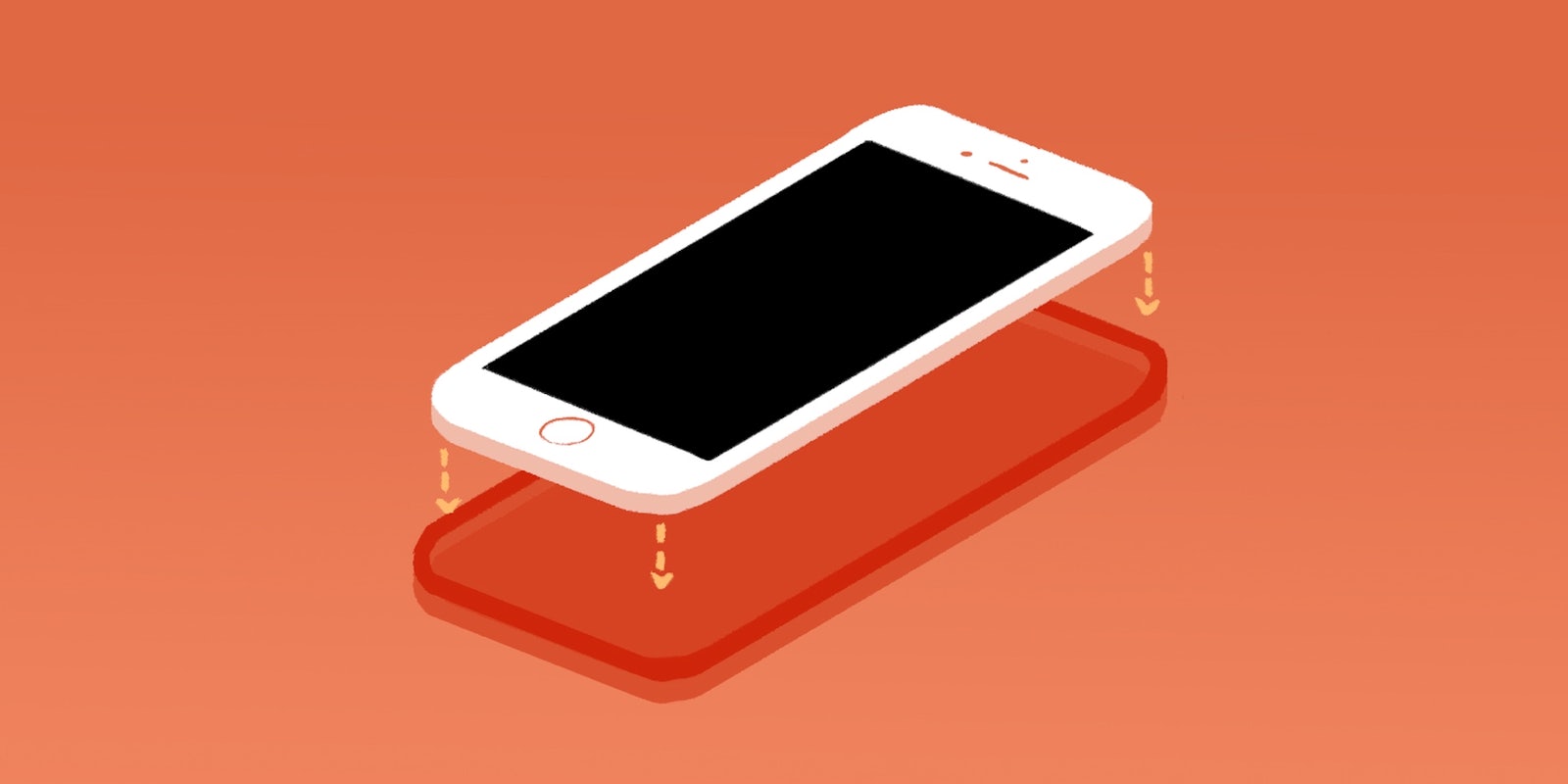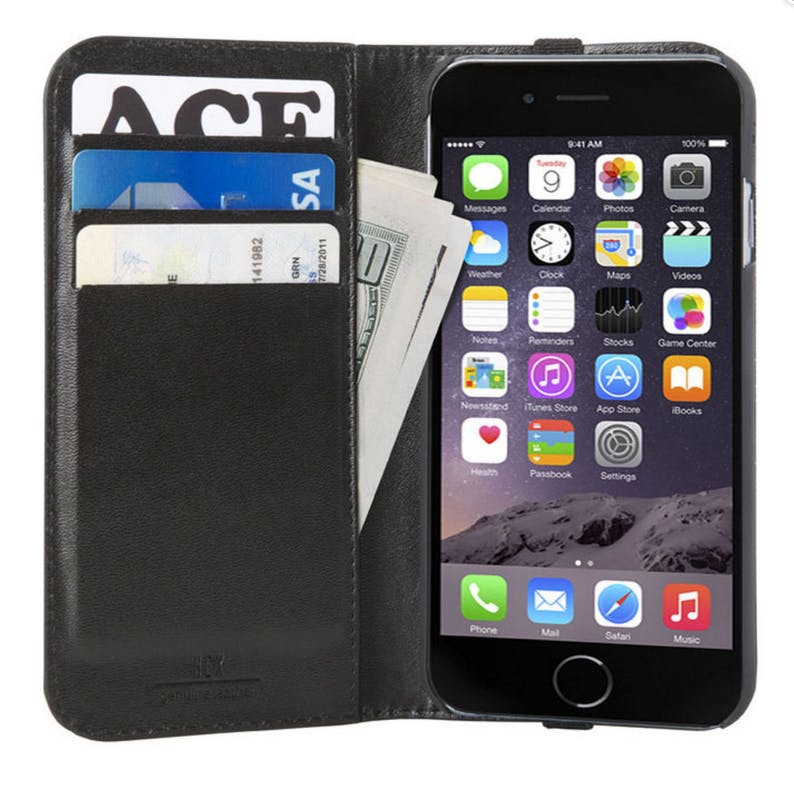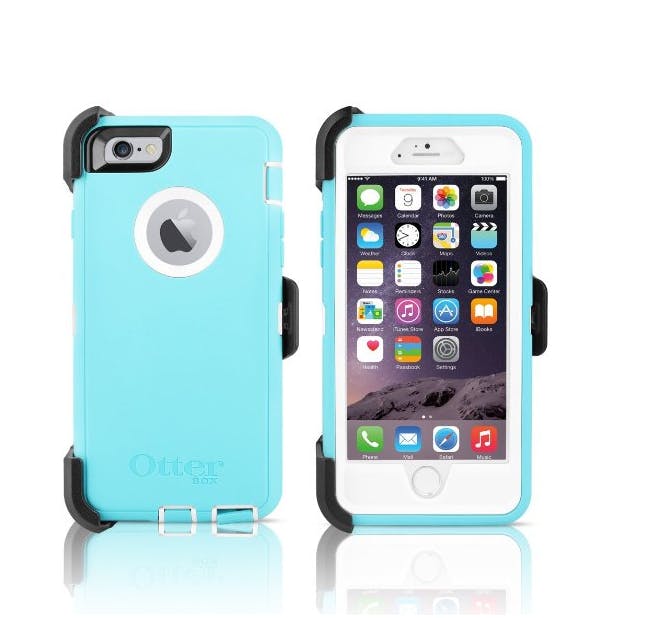Statistics show that more gadgets are damaged during the Christmas season than any other time of year: Nearly 1 in 8 households reporting breaking a smartphone while shopping, cooking, or traveling.
Shattering the screen of your beloved iPhone isn’t just an annoyance; it’s a billion-dollar industry for Apple. Between the years of 2007 and 2014, SquareTrade estimated that Americans spent over $23 billion dollars on having their ruined iPhone replaced or restored, and Apple customers are largely behind those big numbers. On average, iPhone users damage their phones every 10 weeks—meaning that they end up back in the store for repairs up to five times a year. Nearly a third of those users will decide not to have their iPhone replaced at all—due to the prohibitive cost for those not on an Apple Care plan—and live with a broken device.
If there is a way to break your phone, customers will find it.
This year, it’s time to forego that rage cycle and do what every iPhone user should have years ago—buy a legitimate iPhone case. I can hear the resistance now: “But I just bought a $600 phone. Why would I want to pay even more money for a case when my phone is built to be resistant to drops anyway?” It’s the same reason that you buy a great frame for a priceless work of art: If you pay that much money for something, the least you can do is spend a little extra cash to make sure it’s protected and showcased properly. Would you purchase a $20,000 motorcycle not to spend $50 more on a helmet?
Most iPhone cases are stereotyped as bulky, cumbersome, and unnecessary—addressing a problem that Apple customers don’t have. After all, despite early reports that the iPhone would bend in users’ pockets, tests proved that the 6 and 6S were actually the sturdiest smartphones Apple had ever produced, while also surviving more drops than the Samsung Galaxy S5. But nonetheless, the iPhone 6 and 6S are actually the products customers most commonly report broken. The devices are durable, sure, but they’re also large and kind of slippery, meaning that you might be likely to drop them more often.
The other major complaint about iPhone cases—from the nearly quarter of users who don’t have their smartphones protected—is that it makes no sense to buy one of the most visually appealing devices on the market and then cover it with an ugly black box. It’s like purchasing a Matisse and then throwing a steel cage over it. But for those concerned about aesthetics, a number of cases ensure you don’t have to choose between visual appeal and safety. Brookstone’s Hex Icon Leather Wallet (best in brown) and the J.Crew Pocket Dial combine convenience and style; in the latter, you can tuck in your own pocket square for a bit of flair at a formal event.
For those less interested in looks and more focused on preserving the hardware inside the device, I suggest the LifeProof FRE, built for the accident-prone klutz in all of us. The case is waterproof, dropproof, snowproof, and dirtproof; while pulling out my phone to make a call on the way to a café a couple of weeks ago, my iPhone 5S slipped right from my hand and dropped right into a puddle. The pedestrians on either side of me cringed at what’s a nightmare scenario for most smartphone owners, but I quickly dried it off and made my call. My phone was just fine.
Otterbox’s popular Defender series and the Griffin Survivor case are both virtually unbreakable and affordable—retailing for under $50 on Amazon. The latter was designed to meet standards set by the Department of Defense, and it might seem like such a product would only appeal to military contractors, construction workers, and alcoholics with butterfingers. Everyone has seen the drunken “I dropped my phone!!!” post on Facebook, and evangelists for the “go naked” movement suggest that as long as you aren’t a fool, you should be fine. Don’t put your iPhone in the same pocket as your keys. Be gentle. Try not to sit on it. Don’t throw it against a wall.
Stressing personal responsibility and sensitive care with your device is nice, but it only gets you so far. The issue is that you can’t control the chaos of existence or protect your phone from your own human frailty. If there is a way to break your phone, customers will find it, and we all think we aren’t “that person” until we are: As Fusion’s Lauren Tara LaCapra reports, “nearly two-thirds of smartphone users have broken their screens.” In fact, nearly a quarter of iPhone owners are using phones with shattered screens right now.
A little “wear and tear” might seem acceptable and even natural considering that iPhone users upgrade their devices—on average—every two years, but that’s a long time to be walking around with a broken phone (especially if your Apple Care plan has expired). It might seem like a painful compromise for those who like the simplicity of the iPhone’s sleek design, but I’d rather pay $50 for premium protection now than spend the next year or so of my life regretting the decision to forgo it. You might think you love life without a case now, but one single moment could change that.
Nico Lang is a Meryl Streep enthusiast, critic, and essayist. You can read his work on Salon, Rolling Stone, and the Guardian. He’s also the author of The Young People Who Traverse Dimensions and the co-editor of the best-selling BOYS anthology series.
Illustration via Max Fleishman


